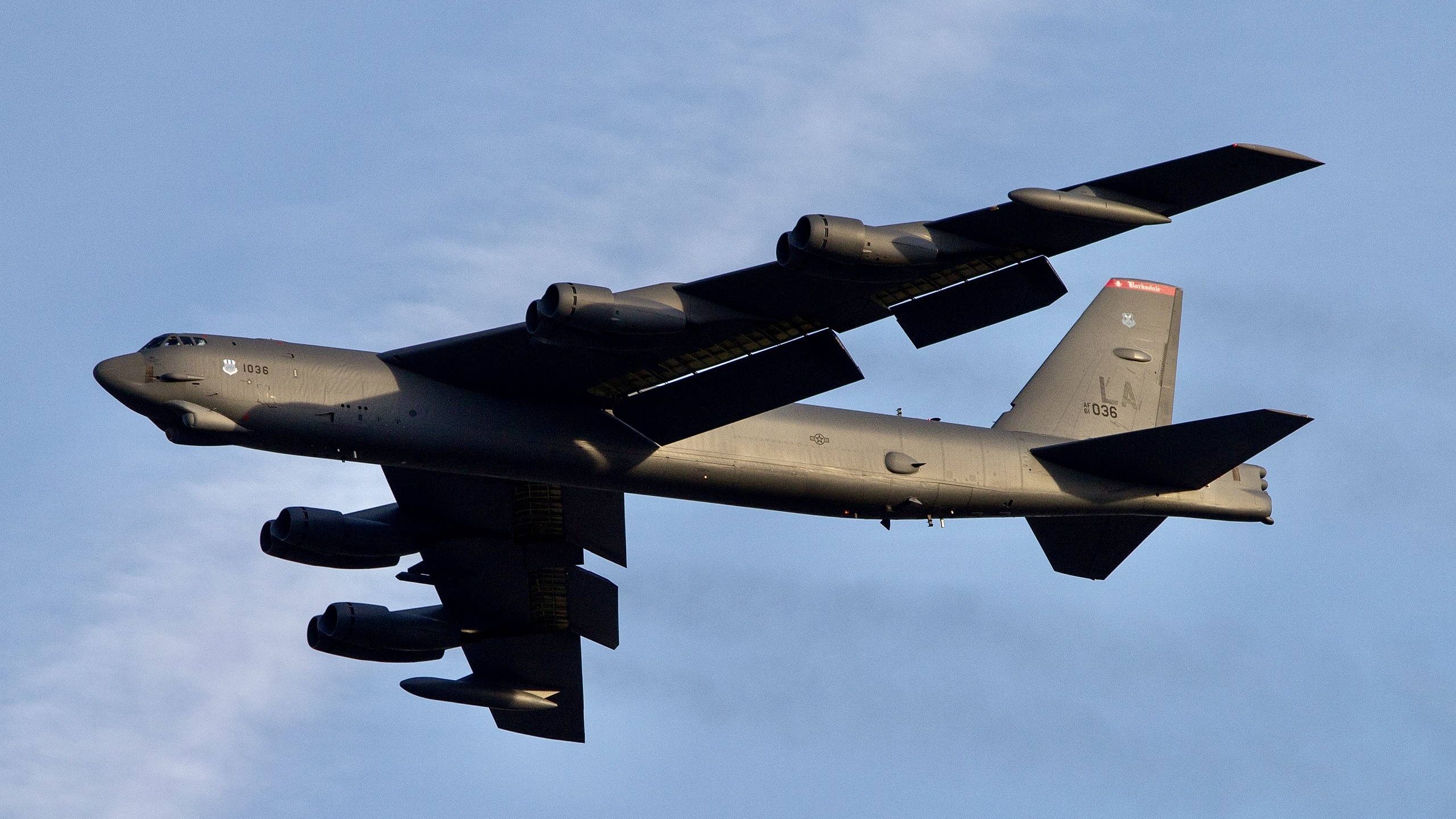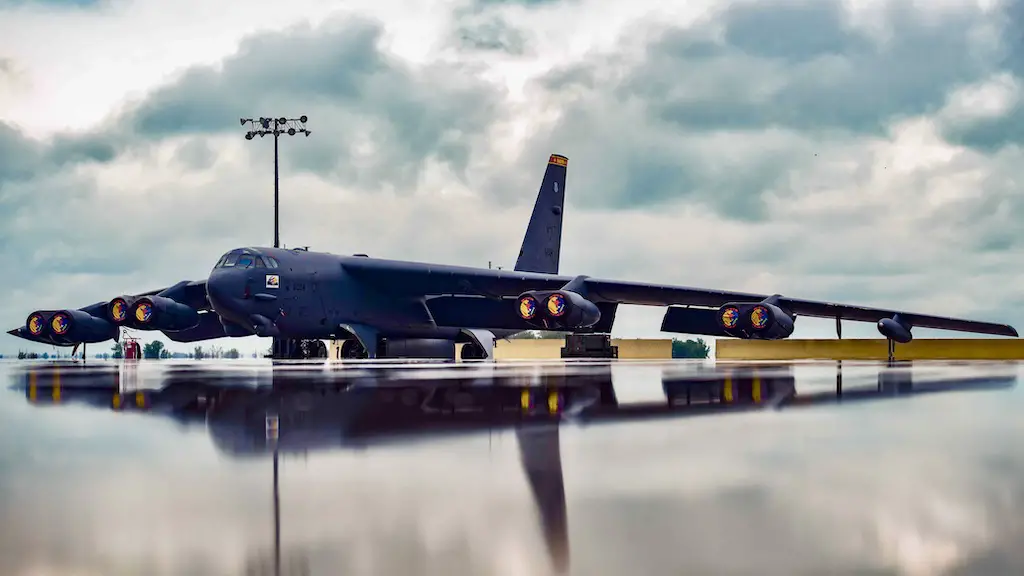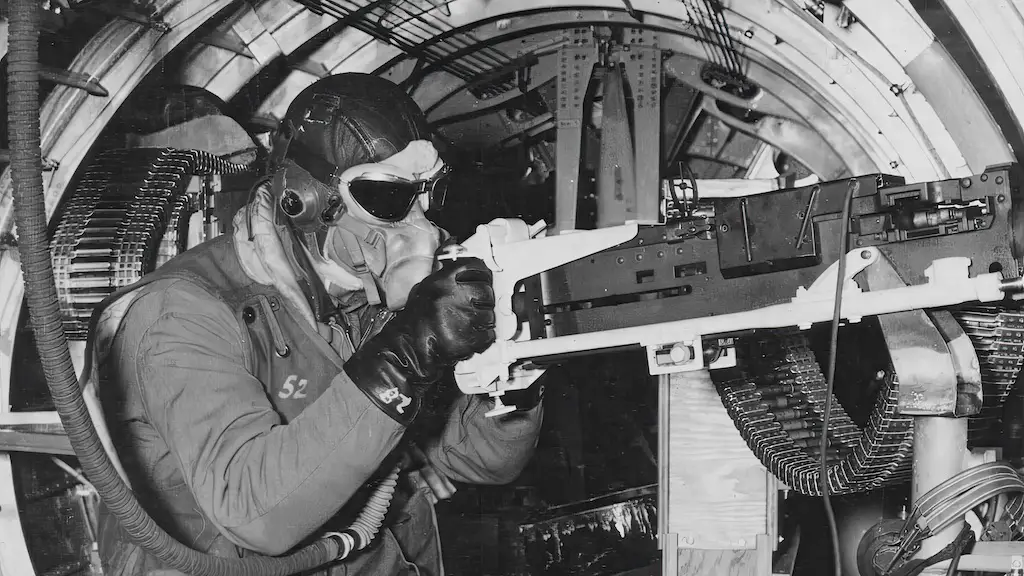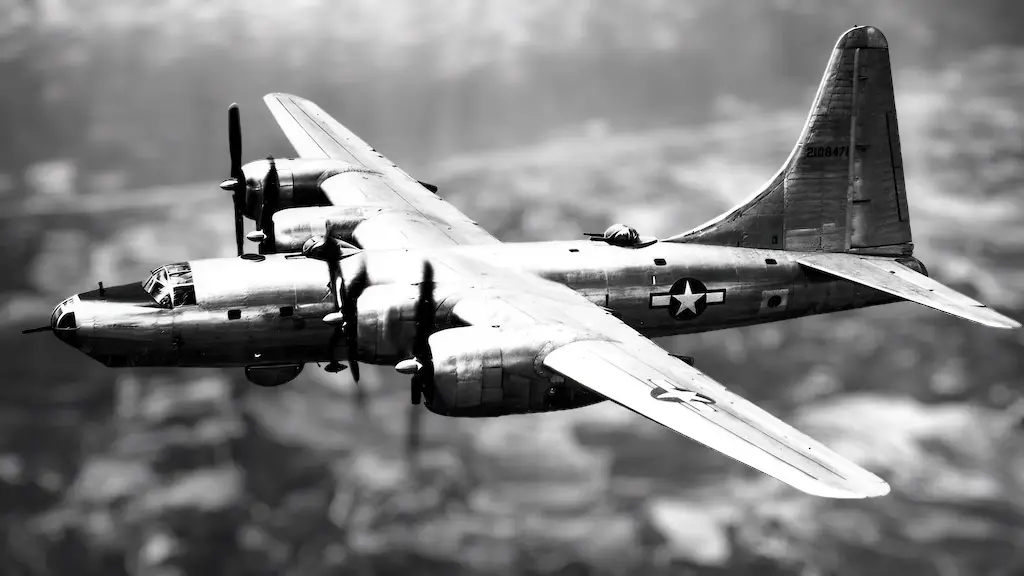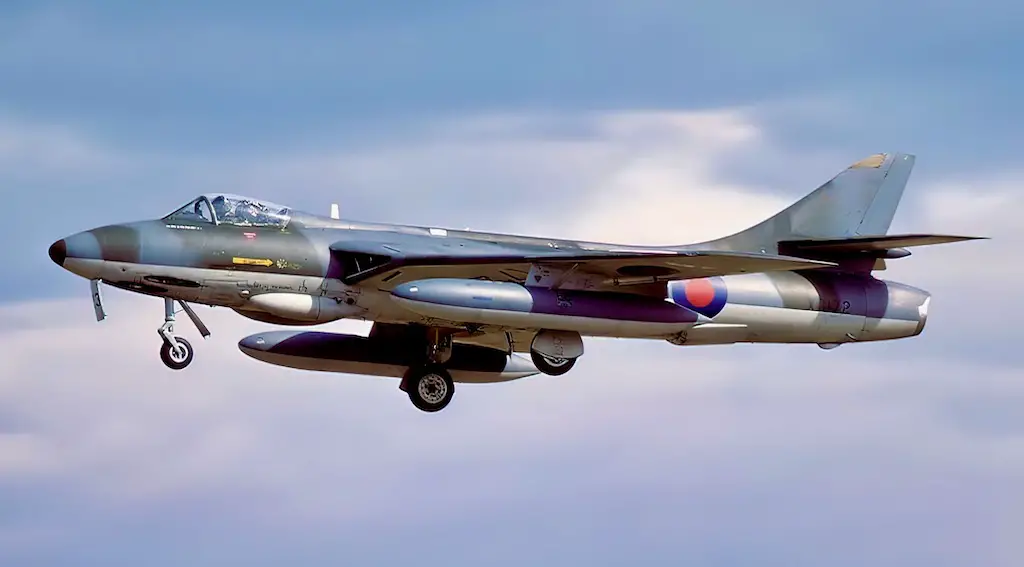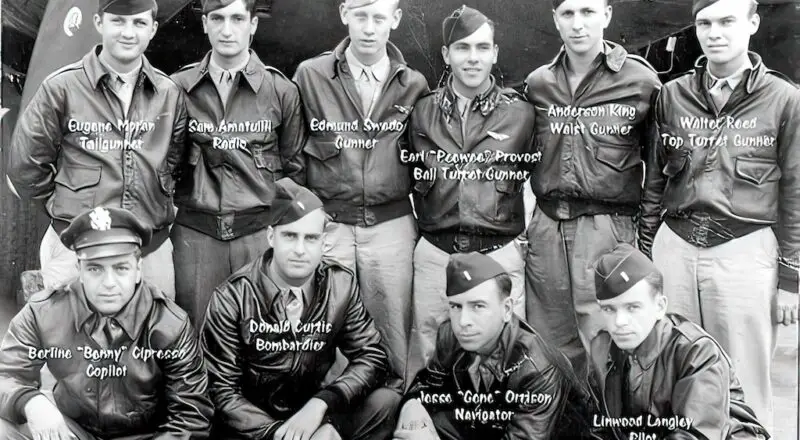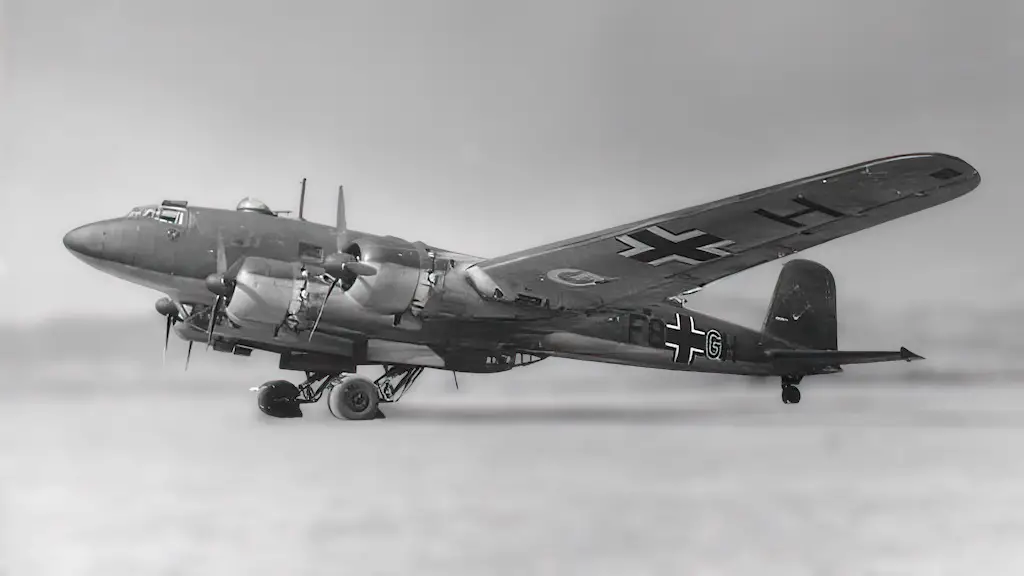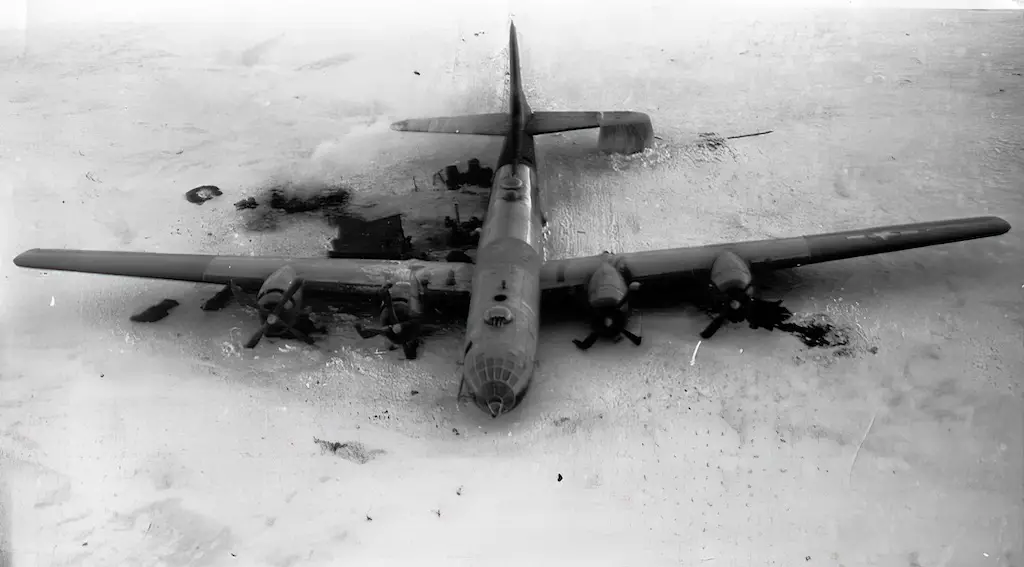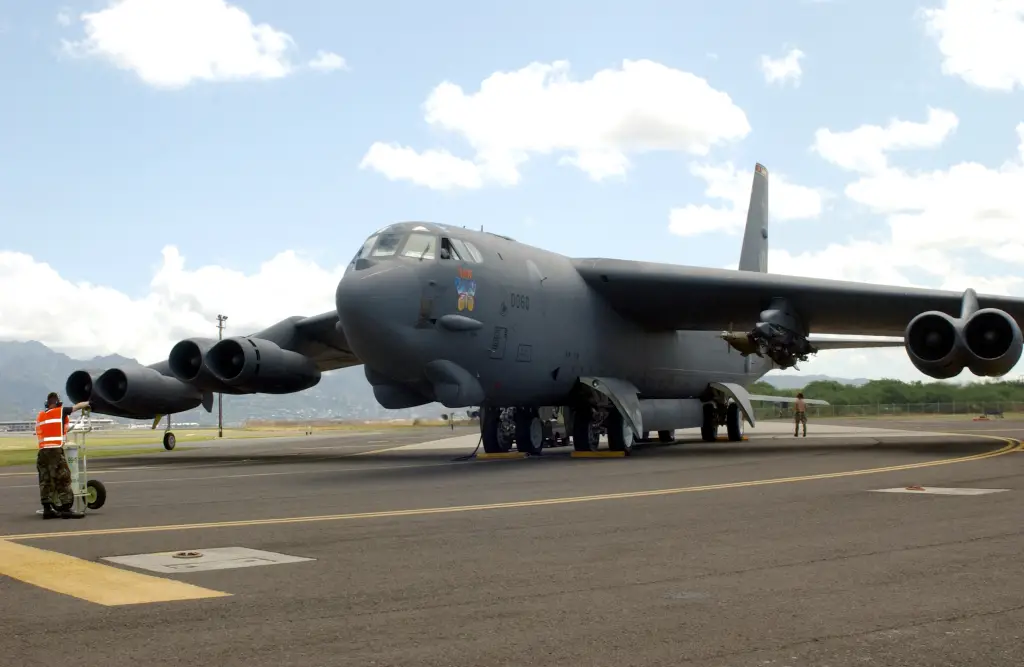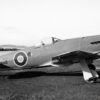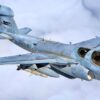The B-52 & Tu-95 are amongst the most recognized planes from the Cold War period. Their primary function was to transport nuclear weapons & act as the cornerstone of their individual nation’s strategic bombing units. Although both planes had comparable roles, there are notable contrasting features.
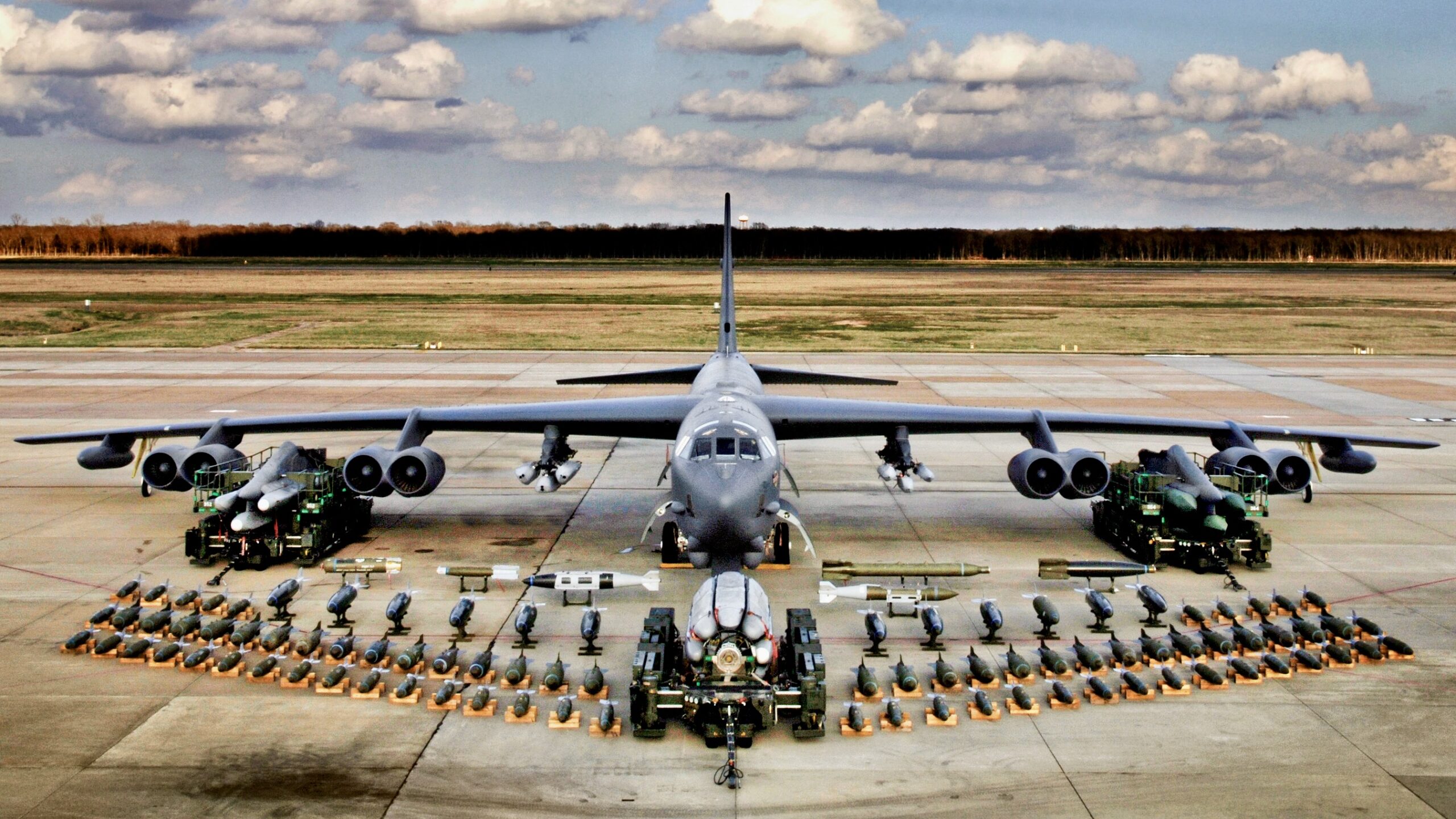
Creating giants
Boeing crafted the B-52 in the late 1940s as a strategic bomber with extensive reach and high altitude capabilities. The plane has been in service since the 1950s, making it one of the most long-lasting military planes in history. Though it has received several upgrades and alterations throughout the years, the general design of the B-52 has remained largely unchanged.
In comparison, the Soviet Union generated the Tu-95 in the early 1950s as a retort to the B-52. Similar to the B-52, it was constructed as a strategic bomber with a long-range and adequate altitude, but also had the capacity to launch cruise missiles. Starting in 1956, the Tu-95 has undergone a few upgrades and alterations over time similar to the B-52.
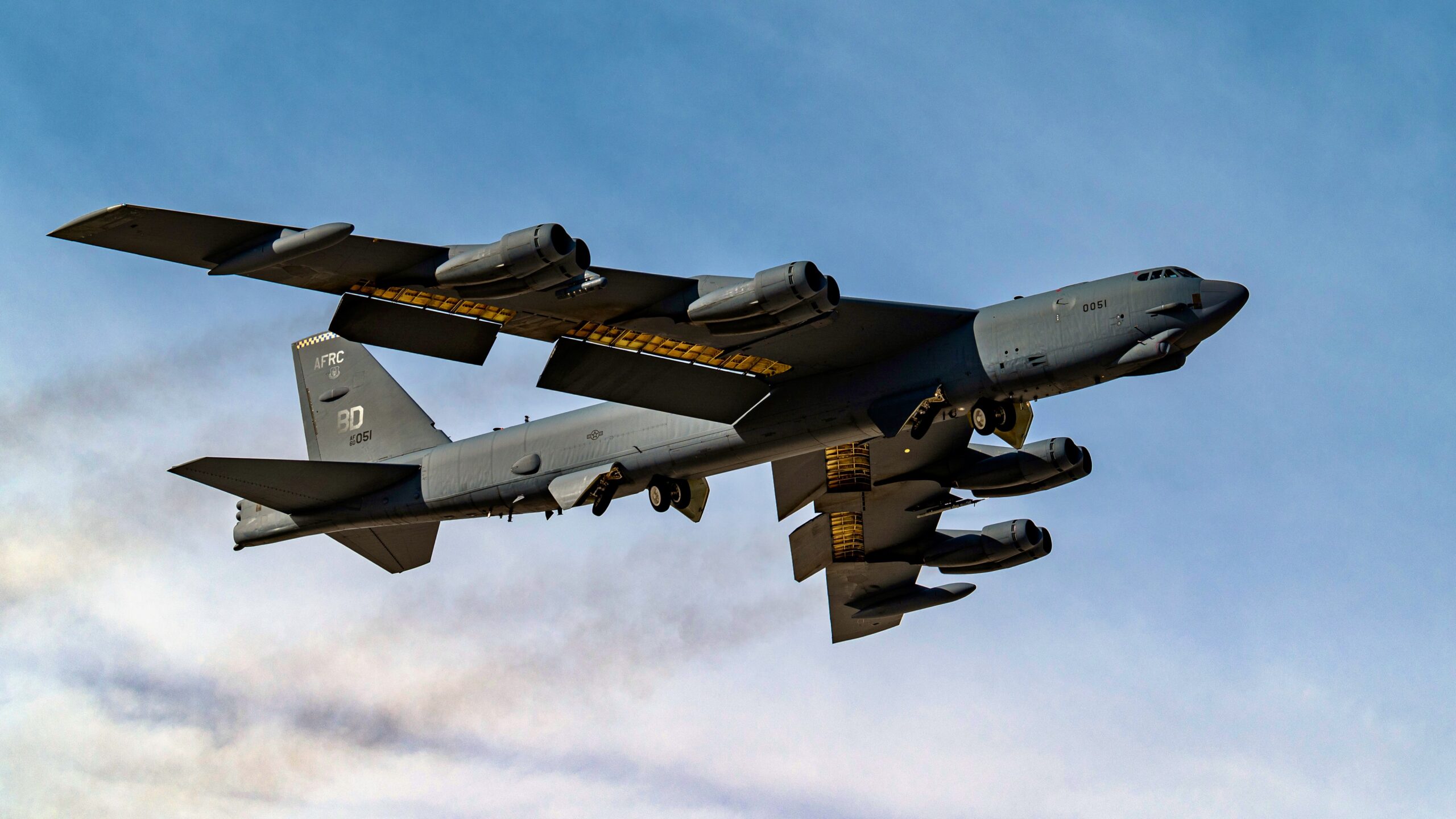
Performance
The B-52 & Tu-95 are aircrafts with exceptional capabilities for high-altitude and long-range missions, especially for strategic bombings. The B-52 can reach up to 650 mph with a range of 8,800 miles, while the Tu-95 reaches 575 mph with a range of 9,400 miles. Their propulsion systems are notably different, as the B-52 uses eight turbojet engines while the Tu-95 has four turboprop engines. This gives the B-52 a faster maximum speed, but the Tu-95 has better fuel efficiency and a longer range.
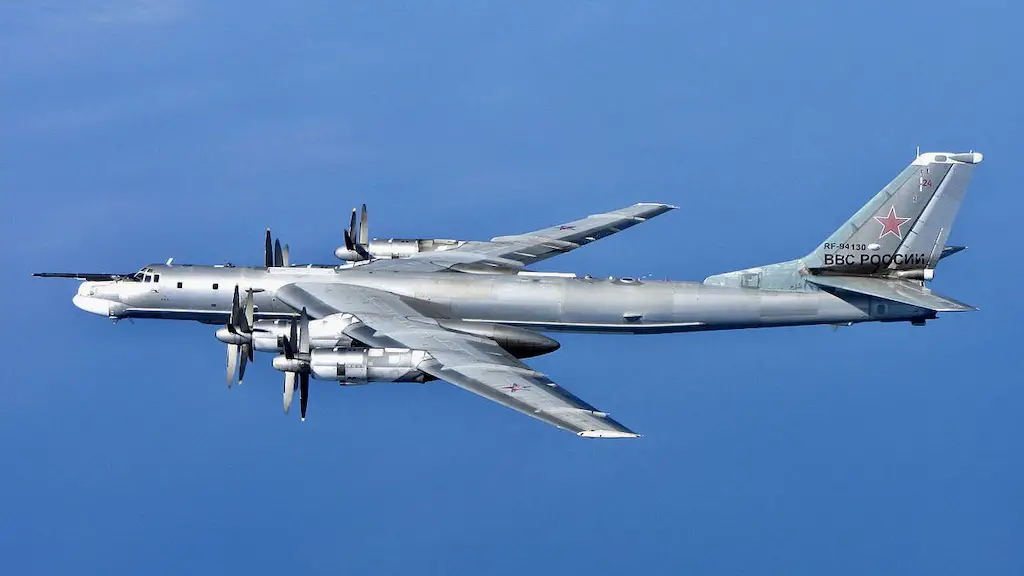
Both can blow things up just fine
Both the B-52 & Tu-95 have been designed for nuclear weapons, but can also be outfitted with non-nuclear weapons. The B-52 can carry up to 70,000 pounds of weapons, such as conventional bombs, cruise missiles & nukes. Likewise, the Tu-95 can carry up to 40,000 pounds of munitions, which include conventional bombs, cruise missiles & nuclear weapons.
One notable dissimilarity between these aircraft is the type of cruise missiles they utilize. The B-52 uses the AGM-86B air-launched cruise missile (ALCM), which has a range of almost 1,500 miles and can carry either a nuclear warhead or conventional. Conversely, the Tu-95 is furnished with the Kh-55 cruise missile that can carry a nuclear or conventional warhead at a range of nearly 1,800 miles.
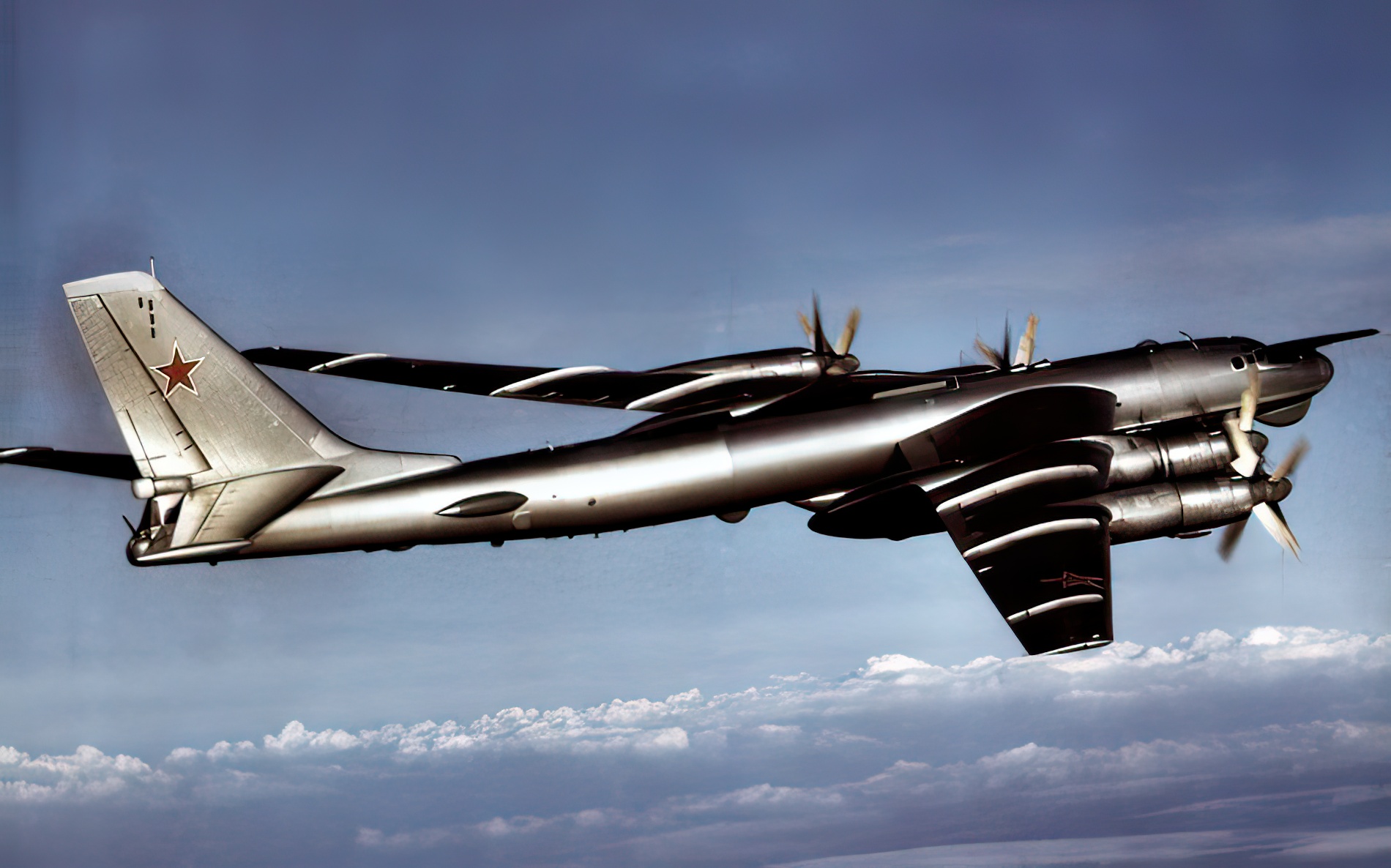
Track record
The B-52 & Tu-95 were widely utilized in the Cold War and have since been deployed in various recent conflicts. During the Vietnam War, the B-52 conducted strategic bombings & dropped bombs. Its service extends to the Gulf War, Iraq War & Afghanistan War. The Tu-95 also saw combat in conflicts like the Soviet-Afghan War & Chechen Wars. It also played a role in the Russian intervention in Syria.
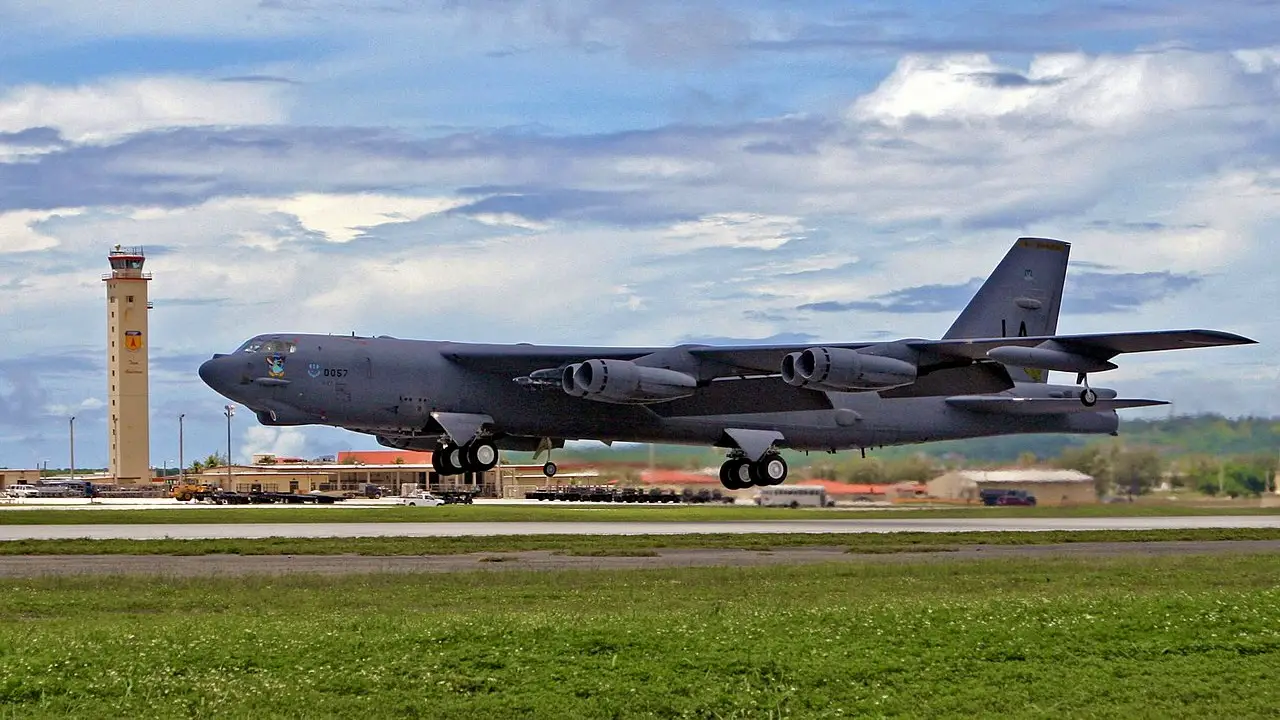
So which one is better?
As you can see, the two aircraft are comparable in many ways, but the American bomber edges out a few more advantages over its Russian counterpart. However, a more important consideration is the weaknesses of the Tu-95. Similar to the B-52, the Tu-95 Bear is a relic of a bygone era. Although they both emit high levels of noise, the Bear’s propellers create a distinct sound that can be detected from far away. Unfortunately, this is not an advantageous trait for a bomber.
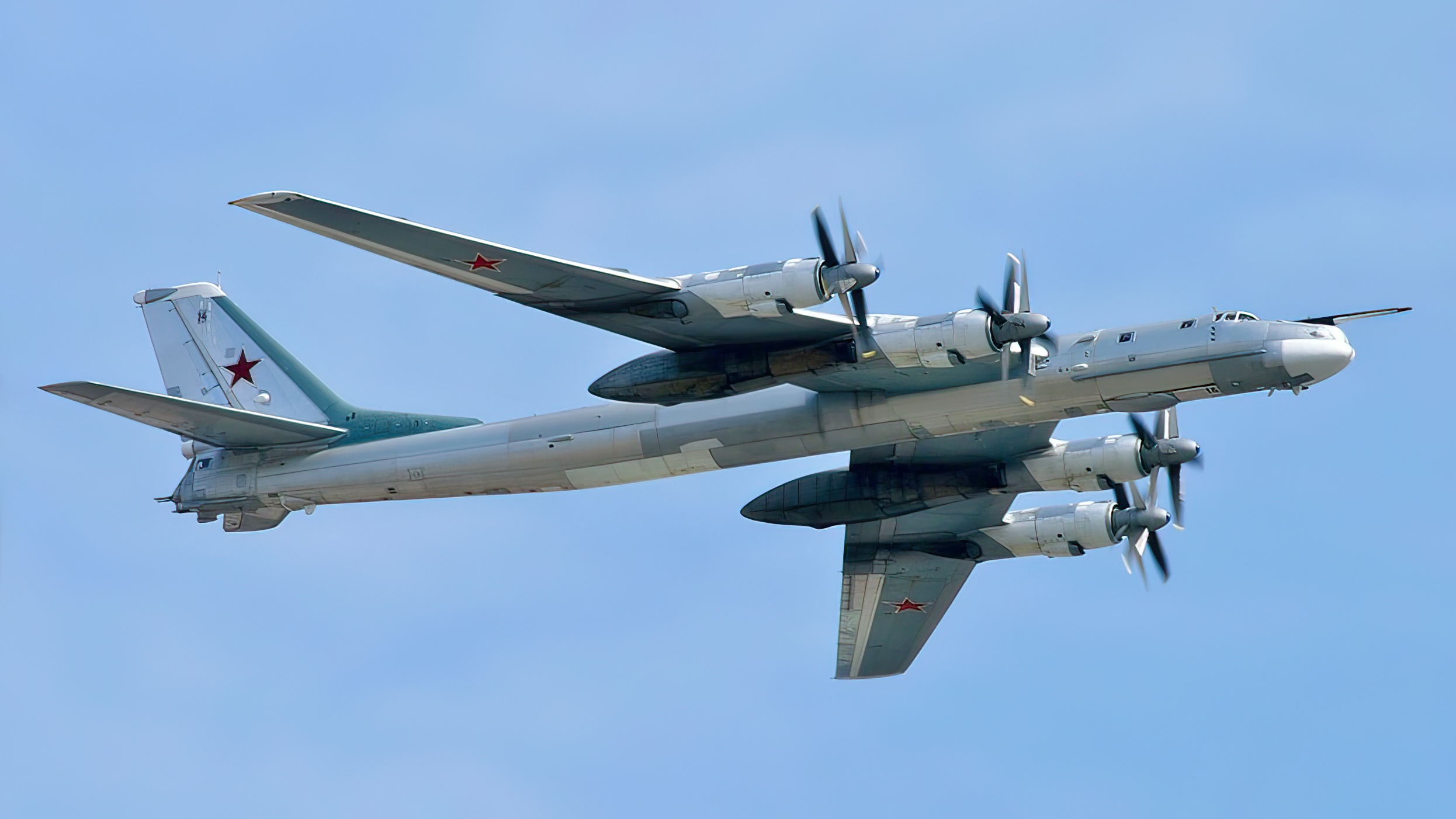
Furthermore, due to the propellers, the Bear is the opposite of stealth – it reflects radar signals like a beacon. Although the B-52 isn’t great in this regard, the Bear is significantly worse. The biggest difference between these planes is their technological advancements. The US made a deliberate effort to extend the lifespan of the B-52 and invested significantly in upgrades. While the Tu-95 also received upgrades, they were mostly related to targeting.
The B-52, however, received a complete facelift, with updated engines, avionics, and cockpit. In comparison, the Russian plane looks like it stopped developing after the Korean war.
